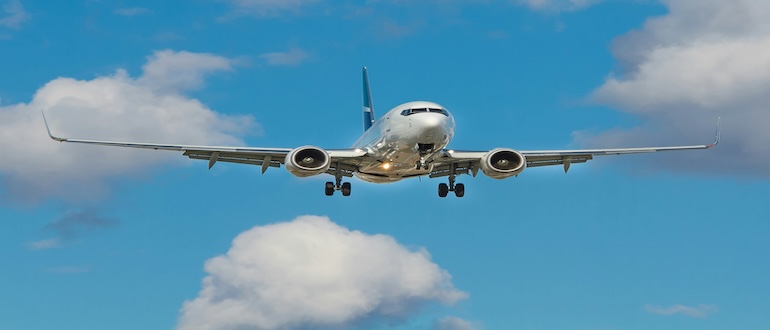
In the wake of a series of aviation close-calls that have shaken public confidence, Archer Aviation and Palantir Technologies are planning to develop together next-generation software utilizing artificial intelligence (AI) to improve air traffic control and other aviation systems.
The aim is “to improve a range of aviation systems, including air traffic control, movement control, and route planning, with the goal of improving efficiency, safety and affordability across the industry,” stated a March 13, 2025 press release announcing the partnership.
Adam Goldstein, Archer founder and CEO said of the partnership, “While the aviation industry has an unmatched level of safety, much of the legacy technology supporting the industry has only incrementally advanced.”
The January 29, 2025 tragic mid-air collision between a commercial jet and a military helicopter, and a string of subsequent small plane crashes and near-misses, both on the tarmac and in the air, have brought a tremendous amount of scrutiny on flying, particularly on air traffic control. And while neither the FAA nor the National Transportation Safety Board have issued any final reports on those incidents, the two governmental agencies have taken a proactive approach to eliminating further mishaps.
There have been hundreds of near-misses in recent years, and a whopping 9 out of 10 of the nation’s air traffic control centers are understaffed, according to industry experts.
Groups of concerned pilots and other individuals who play a role in the operation of the U.S. traffic control centers and airlines have sounded off previously about what they deemed as unsafe conditions. On March 7, 2025, the FAA announced that it would take immediate safety steps on some key issues that were identified at a recent “General and Business Aviation Call to Action.”
Among the concerns, the FAA indicated it would initiate a safety risk analysis of close encounters between pilots flying visually and pilots flying under air traffic control, and explore additional tools for pilots to assess operational risk and their own performance.
While those specific areas could benefit from advanced AI systems, the FAA is also taking a much broader look at identifying and implementing better aviation technology through collaboration with industry leaders.
“Additionally, starting at next week’s General Aviation Joint Safety Committee meeting, the FAA will collaborate with industry groups to discuss additional safety actions raised during the Call to Action to develop a plan that can make general aviation and business aviation safer,” stated the FAA’s press release. The document also went on to state that “AI could play a role in helping a pilot conduct a risk assessment before flying.”
The Call to Action was held specifically to “address recent safety incidents and make general and business aviation safer.”
“Safety is a collective effort that requires constant, proactive collaboration among all stakeholders,” said Acting FAA Administrator Chris Rocheleau. “Complacency is the enemy of safety and we need to be vigilant to address emerging risks before they become problems.”
Palantir has a long history with the US military and has played a substantial role in helping it stay cutting-edge, having delivered AI -powered systems such as TITAN, a mobile ground station that helps troops with warfare strategy and targeting. And Archer Aviation is the developer of electric air taxis that promise to change how passengers move from airports to regional metro areas.
“By integrating Palantir’s advanced AI capabilities with Archer’s innovative approach to aircraft manufacturing and operations, we are setting the stage for a transformative leap in efficiency, safety and sustainability,” said Alex Karp, Palantir’s co-founder and CEO.

